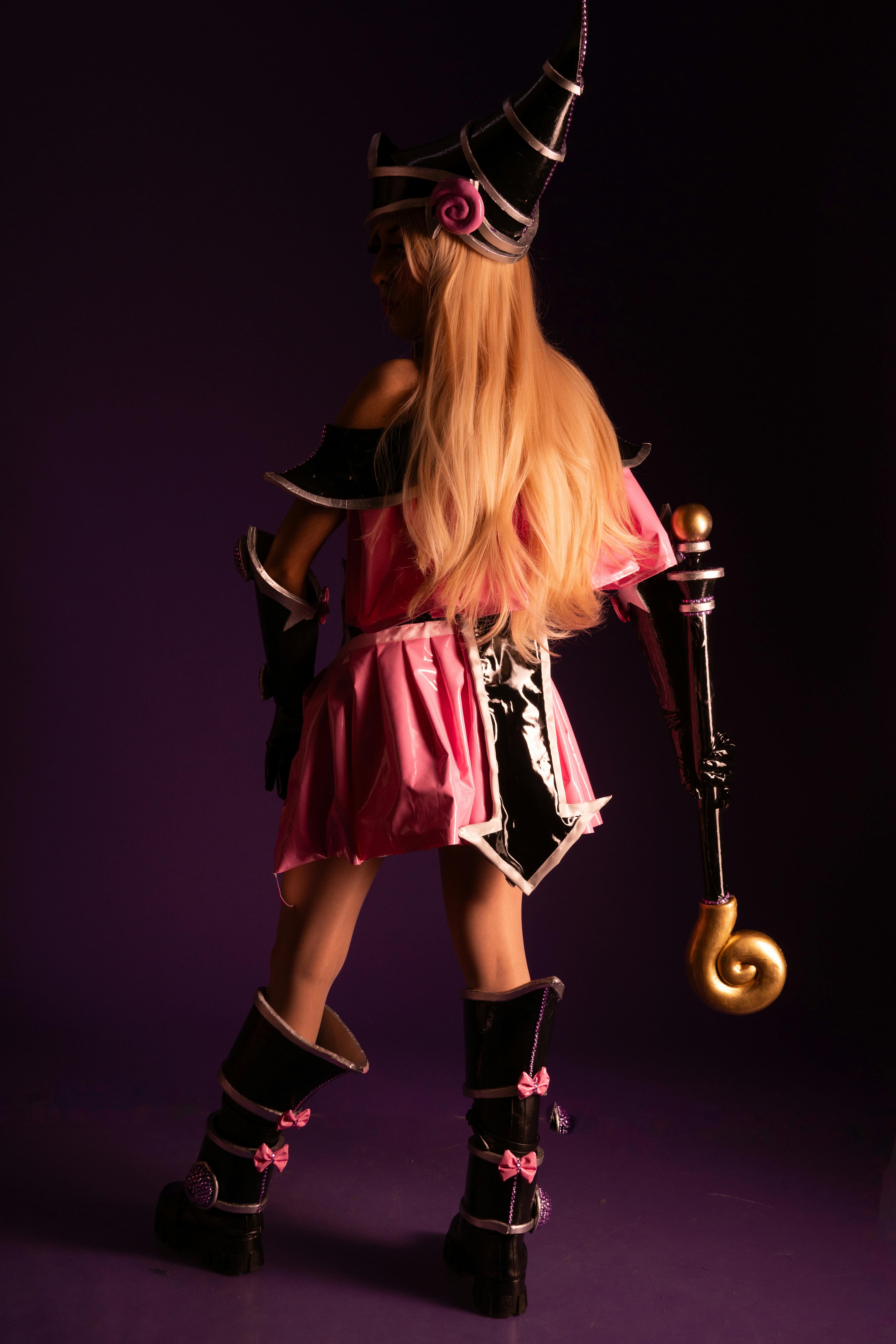
Effective Ways to Create Punch Reactions in Comics for 2025
Creating punch reactions in comics requires a blend of artistry and timing that captures the essence of both humor and action. The comic book medium thrives on visual storytelling, where exaggerated facial expressions and dynamic panel layouts can amplify comic punchlines. In 2025, with advancements in digital art techniques and evolving trends in humor, there are numerous effective methods to enhance comic punch reactions. This article examines the vital aspects of designing impactful punch reactions, exploring comic book humor, crafting engaging narratives, and examining the reader's perception of humor through artistic visuals. Key takeaways will include techniques for creating exaggerated characters, understanding the dynamics of comedic timing, and integrating expressive illustrations that resonate with audiences.
Mastering Comic Punch Reactions
To effectively create comic punch reactions, one must first understand the primary elements that contribute to their success. This entails a deep dive into the various comic expressions that can evoke laughter and surprise. Punch reactions are often characterized by exaggerated facial expressions that emphasize the absurdity and impact of the action being depicted. These expressions should align with the scene's tone—whether humorous or action-oriented—to maintain consistency in visual storytelling.
Another essential aspect is the use of dynamic panel layouts. The arrangement of panels plays a crucial role in pacing the story and accentuating punch sequences. For instance, a large splash panel featuring an unexpected punch can convey shock and exhilaration, while a series of smaller panels can build suspense leading to the punchline. Effective comic book artists often experiment with panel sizes and orientations to enhance the comedic timing of their work.
Lastly, integrating humorous dialogue with visual gags can elevate comic punch reactions. Wordplay, irony, and character dynamics intersect beautifully when matched with the right visuals, crafting a cohesive narrative flow that compels engagement. As a result, this not only enhances the reader's experience but also strengthens the overall emotional beats of the comic.
Exploring Character Exaggeration Techniques
Character exaggeration techniques are fundamental in creating impactful punch reactions. In comedic contexts, this often involves amplifying specific traits of characters to enhance humorous situations. For instance, a character known for their nervousness might widen their eyes dramatically when confronted with a punch, showcasing their fear and the absurdity of the scenario.
Additionally, utilizing comic relief moments can create a juxtaposition that heightens both humor and emotional stakes. Characters reacting differently to a punch, like one getting knocked out while another enthusiastically jumps into action, can provide a humorous contrast. This not only serves to entertain but also deepens the relationship dynamics among characters.
Moreover, artists can harness cartoon face animations to depict a wide range of reactions, making scenes vibrant and relatable. These artistic choices are vital for emphasizing transformations, allowing readers to connect on an emotional level with the characters, as they respond to intense or humorous situations.
Crafting Engaging Action Sequences
Creating engaging action sequences demands a keen eye for timing and the visual structure of comic panels. Effective comic punch reactions rely on the pacing of scenes. An intentional buildup through suspense-filled panels followed by the punch ensures that the audience is primed for the action. The rhythm of how action unfolds greatly influences how punches land—both visually and narratively.
Incorporating animated comic sequences into action scenes can also add depth to the punch reactions. Movements that defy gravity or exaggerated limbs during a punch contribute to a more immersive experience, drawing the audience into the visual chaos. These elements amplify humor while maintaining the credibility of the action, forming a unique comedic experience.
Furthermore, the addition of playful comic actions, such as a character’s unexpected reactions to a punch, can lead to moments remembered by readers. Balancing these elements is key; characters should respond in ways that are outlandish yet believable within the story's framework.
Utilizing Visual Humor Elements
Visual humor elements are a cornerstone of successful comic storytelling. Creating impactful punch reactions often relies heavily on how humor is integrated through illustrations. Cartoonish punch graphics can exaggerate the effects of a hit, showcasing presenting over-the-top outcomes that elicit laughter. For instance, showing a character's face stretching absurdly after a punch can be an effective visual gag that enhances the humor in the panel.
Understanding the relationship between visual gags and action is crucial. This includes elements such as foreground and background interaction, where a character dodges a punch only for another to receive it instead, leading to comedic outcomes. Mastering these artistic nuances can elevate the humor in superhero comics, providing distinct moments of visual storytelling that resonate with the audience.
Moreover, integrating humor through character expressions adds another layer of complexity. Comic artists can create unique character dynamics by showcasing the disparate reactions of characters to a punch. This complexity invites readers to engage and connect with the humor, encouraging them to immerse themselves deeper into the narrative.
The Role of Comic Timing Mastery
Comic timing mastery is an attribute that transforms a typical punch reaction into something memorable and humorous. Timing involves the sequential arrangement of actions and reactions, ensuring that humor lands precisely when intended. For example, utilizing pauses or silent panels before a punch can amplify suspense and heighten the impact of the ensuing action.
Additionally, the spacing between visual punchlines and dialogues can also influence reader engagement. Effective comic strips often showcase a punchline revealed through the punch itself—both visually and in text. This synergy fosters a more cohesive storytelling experience, allowing readers to appreciate the artistry and humor simultaneously.
Ultimately, developing comic timing requires practice, experimentation, and careful consideration of reader perceptions. This mastery involves a continuous refinement of skillful storytelling and comedic nuances, collective efforts that resonate powerfully in the hearts of readers.
Creating Humorous Character Designs
Humorous character designs play a significant role in establishing the overall tone of a comic. Unique and exaggerated character traits can serve as visual shorthand for readers, instantly conveying personality and humor. For instance, creating a character with comically oversized features or uniquely styled hair can add to the visual storytelling by establishing a foundation for potential punch scenarios.
Moreover, the development of humorous character arcs allows for the integration of punch reactions that feel organic. A character’s growth throughout the comic—from awkward mishaps to heroic actions—creates a canvas for effective punchline visuals. As they navigate various situations, these characters can elicit comedic responses that help define their narratives and add depth to their journeys.
The integration of comic tropes can also assist in humorous character designs. Familiar archetypes tend to connect with audiences, allowing artists to leverage common expectations to create subverted and entertaining punch moments. By integrating recognizable traits in exaggerated forms, readers gain satisfaction from both familiarity and surprise.
Incorporating Audience Reactions in Comics
Understanding audience reactions to comics is pivotal to effective visual storytelling. Engaging readers through relatable comic character reactions enhances the comedic experience, as they can see parts of themselves mirrored in characters' responses to absurd situations. Recognizing what resonates with audiences informs comic pacing, humor styles, and punch scene developments.
Employing feedback loops—where the artist anticipates audience reactions based on prior knowledge or cultural references—can elevate humor significantly. Reflecting on successful comic moments through audience perception can inspire future endeavors and help refine the comedic elements present in punch scenes.
Furthermore, examining visual contrasts in comic humor can deepen the understanding of character dynamics. The relationship between characters during a punch can determine not just the humor but also the emotional impact of the scene. A well-timed punch between established rivals offers a chance for humorous engagement while enriching the characters’ background stories, enhancing the reader's connection to both action and humor.
Conclusion: Evolving Humor and Punch Reactions in Comics
The landscape of comic punch reactions continues to evolve, reflecting changing humor styles and audience preferences. By mastering core techniques such as character exaggeration, timing, and visual storytelling, artists can create engaging and entertaining punch moments in their comics. The interplay between action and humor is crucial, allowing readers to experience laughter and excitement simultaneously.
As artists explore the boundaries of comic expression in 2025, emphasizing their unique styles through nuanced facial expressions and dynamic layouts will become even more essential. Understanding the cultural influences on humor, the importance of emotional beats, and reader dynamics helps ensure that comics resonate with audiences effectively. The willingness to innovate and refine will keep humor alive and entertaining in comic art for years to come.

